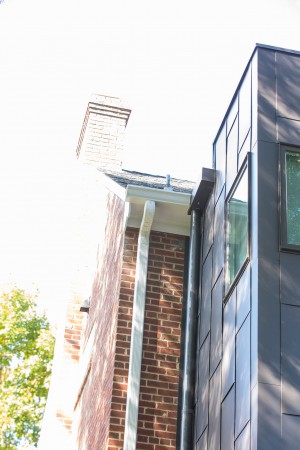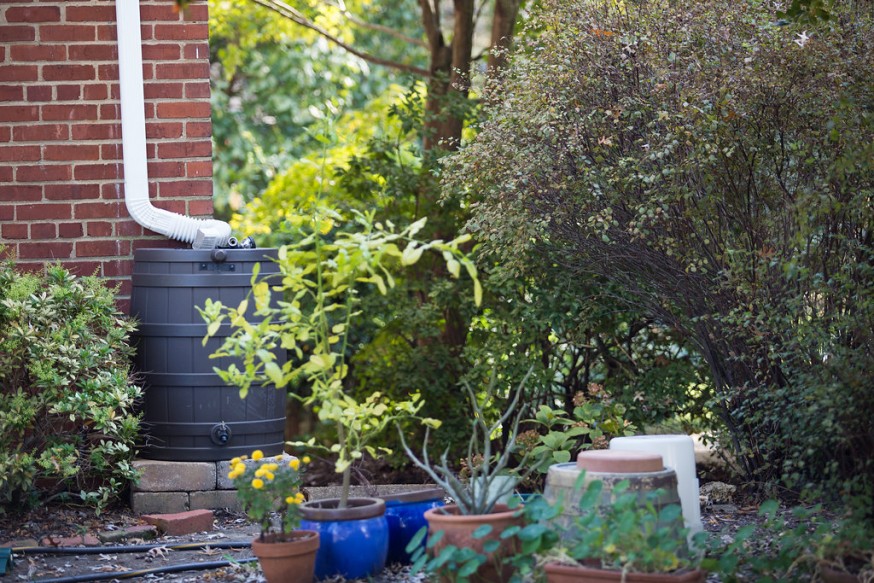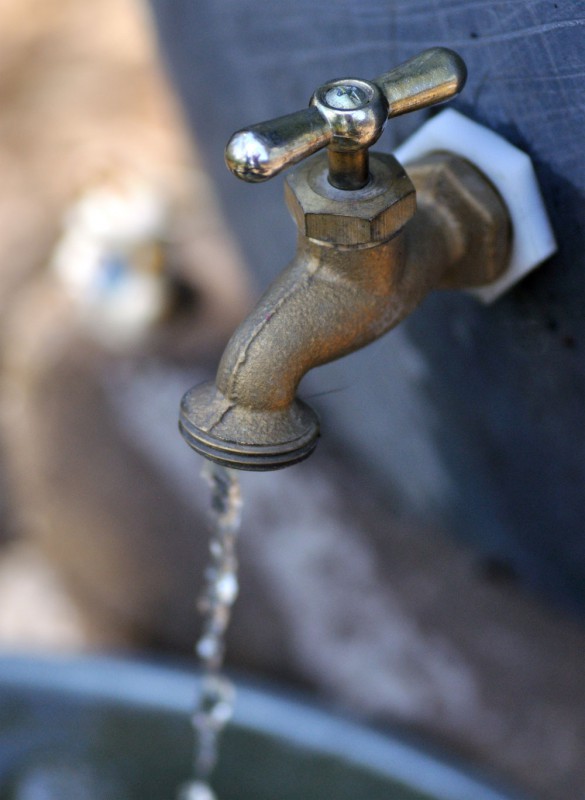Get your mind IN the gutter

Do you know where the rain water that lands on your roof ends up?
Runoff Busters, you may have noticed by now that we don’t mind giving you the dirt on how to bust runoff in your yard. This month, we want you to get your mind IN the gutter.
Picture where you live- where do your downspouts empty? In residential areas, chances are they open over and flow onto an impervious surface. Much of the rainwater falling on your rooftops reaches your landscaping and later a storm drain via a gutter system.
You already know that without taking proper precautions, roofing materials can contribute pollutants like animal waste or other chemicals into the water in your rain barrel. The gutters attached to your home can also become clogged with debris without regular maintenance. Water will not be able to drain well, so mud and mildew can build up. Excess debris can fall straight through your downspouts, onto your yard and down the storm drain.
To keep your gutters clean and clear, you’re going to need to climb a ladder to reach your gutters. Above all, make sure you are careful and safe while on the ladder. To begin with, remove all the leaves and other debris from your gutters and downspouts. These decomposing leaves can also be repurposed as mulch or compost for your yard. Next, check your gutter spikes and rivets to make sure they are securely fastened, and look for leaks such as holes or cracked caulking. Old caulking can be replaced with new sealant, and rivets replaced with a rivet gun.
You’re ready to clean the gutters, and the best way to do this is to arm yourself with a pressure washer (which can be rented from your local hardware store). Follow the instructions provided, and avoid spraying your shingles with the high-pressure stream of water.
Now look at your handiwork. See any rust? If yes, you might want to consider installing new gutters. For now, sand as much of the rust off and paint them with primer and a quality rust-inhibiting paint.

Disconnecting your downspout and rerouting it to a rain barrel keeps right in your yard to water your outdoor and house plants.
Another easy and inexpensive method to reduce your stormwater is to disconnect your downspout. If your downspouts are connected to underground pipes or drain onto pavement, inevitably all the water and the pollutants it carries will enter the sewer system. By disconnecting your downspouts, you cut off the runoff from entering waterways.
A downspout can be disconnected for less than $20 in about half an hour (that’s less time than it would take you to watch a TV episode on Netflix!). What you need to do: cut the downspout, attach an elbow, extensions, and a splash block if needed to reroute the water away from your house and prevent erosion. Aim the downspout towards a pervious surface like a rain garden or container like a rain barrel, which will absorb the runoff and put the water to good use.
For more information, visit:
Downspout Disconnect – Reduce Your Stormwater
